Why seas are surging | Interactive – the Washington Post

What one tide gauge reveals about America’s climate future…
San Clemente sales tax ballot measure for beach sand is falling short – the Los Angeles Times
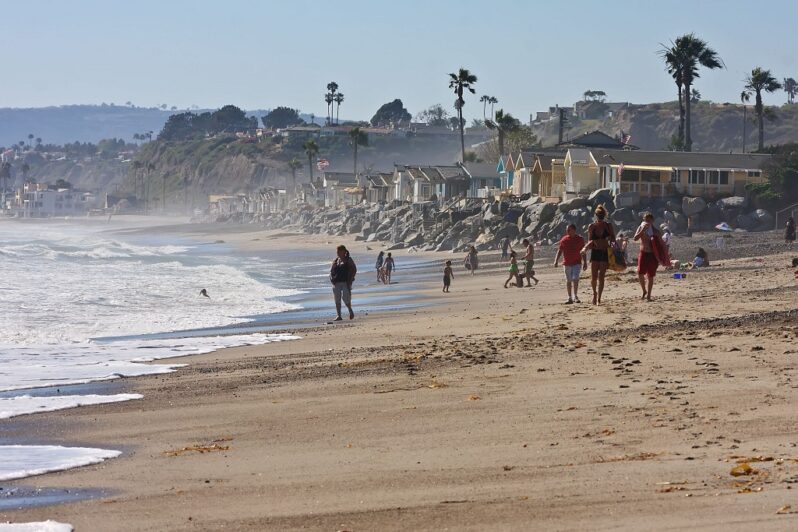
Before becoming San Clemente’s new coastal administrator last year, the beach has always held a nostalgic place in Leslea Meyerhoff’s heart. “Some of my earliest memories are walking the beach in Santa Monica with my grandma,” she said. “I also recall fond times boogie boarding, collecting seashells or just enjoying a stroll at the beach.”..
San Clemente’s ‘sand czar’ looks to turn back the tide of coastal erosion – the Los Angeles Times
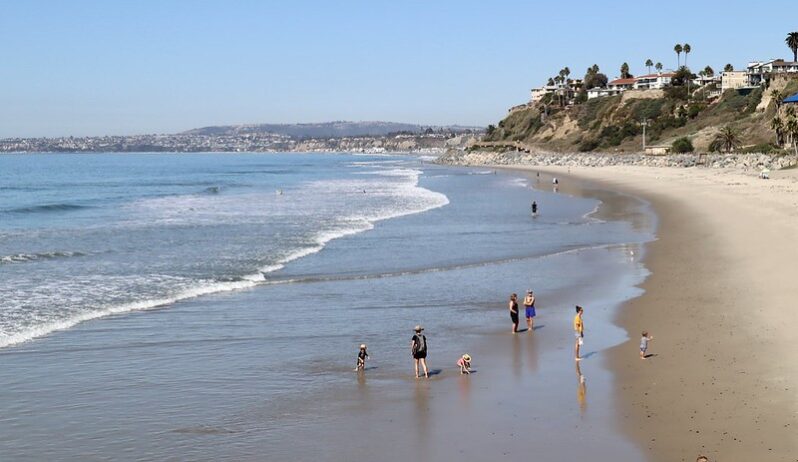
Before becoming San Clemente’s new coastal administrator last year, the beach has always held a nostalgic place in Leslea Meyerhoff’s heart. “Some of my earliest memories are walking the beach in Santa Monica with my grandma,” she said. “I also recall fond times boogie boarding, collecting seashells or just enjoying a stroll at the beach.”..
The California sand wars: As beaches shrink, neighbors and cities fight for what’s left – the Los Angeles Times

California is a place of magnificent tectonic forces that lift mountains only for them to be constantly eroded by glaciers, wind and rain, ground down to one of the most basic commodities on Earth: sand…
Where the sea wall ends | Interactive Feature – the Washington Post
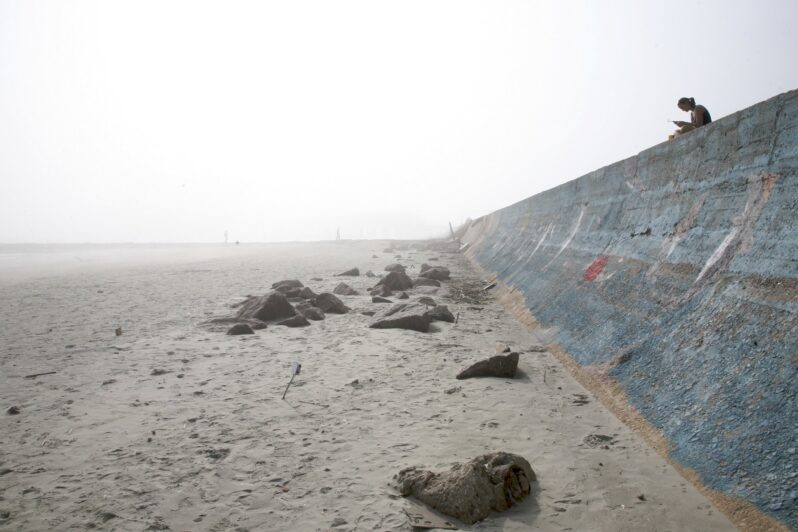
At a time of fast-rising seas, the ocean is eating away at this barrier island and others like it. But humans, who have held their ground here for over a century, are planning new condos…
Beach Nourishment: A Critical Look – Gary Griggs | Journal of Coastal Research
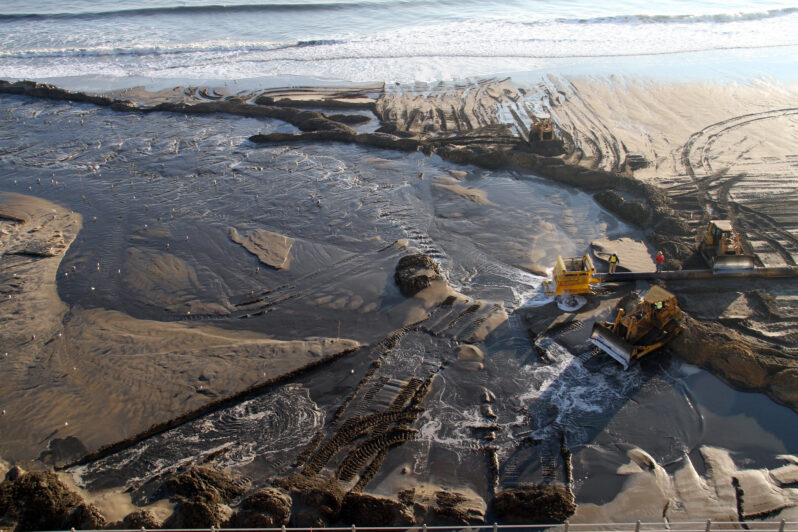
More than $15 billion, mostly federal dollars, have been spent moving sand to the shoreline for both recreational and shoreline protection benefits. Still, whether in New Jersey, New York, North Carolina, Florida, or California, the life span of the sand added artificially to these beaches in many cases has been relatively short and in some instances has been less than a year…
The homeowner mutiny leaving Florida cities defenseless against hurricanes – Grist Magazine
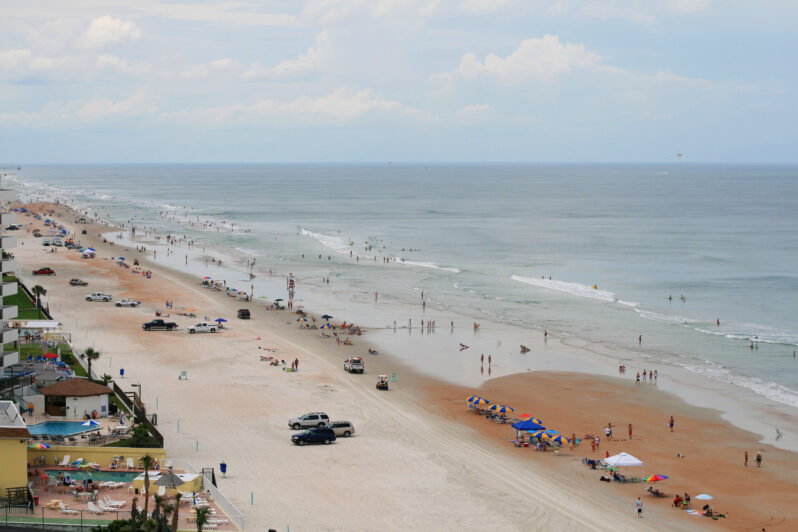
The Army Corps of Engineers won’t restore eroded beaches in Pinellas County unless homeowners agree to one condition: public access…
Sand Dollars – CBS News Investigations
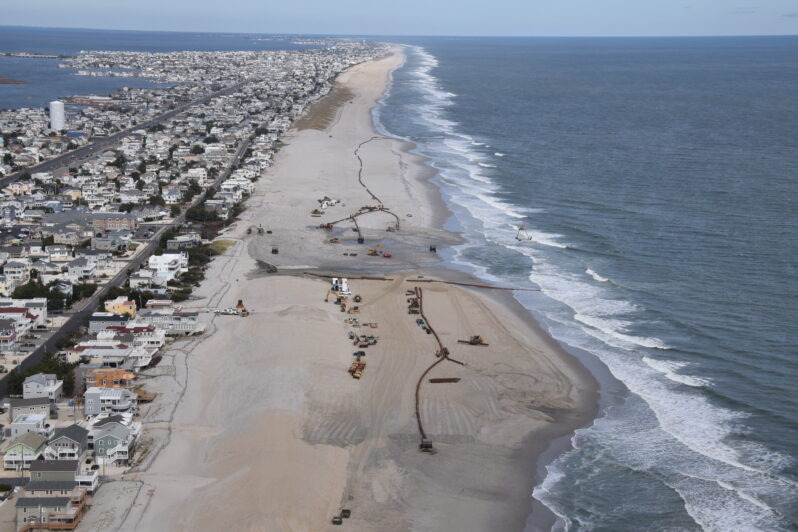
Federal agencies spend millions every year replacing sand on beaches. Some experts say it’s a waste of tax money….
Add sand, lose sand, repeat. The climate conundrum for beaches – E&E News
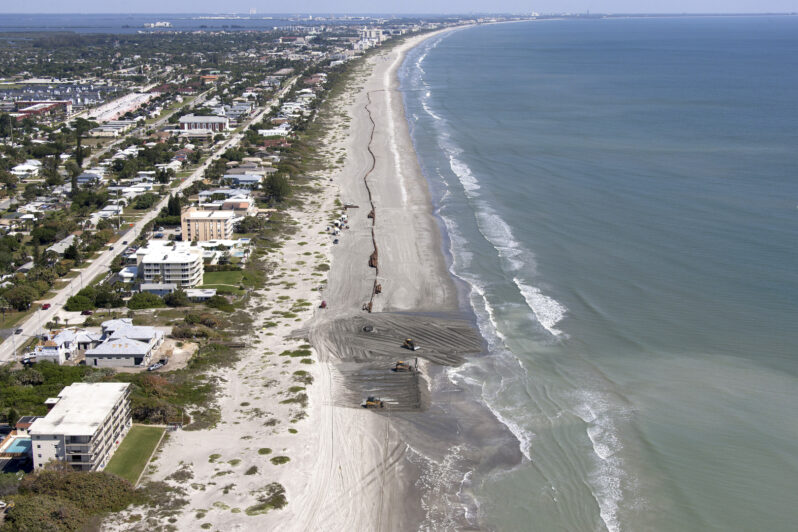
Rebuilding beaches after hurricanes is costing U.S. taxpayers billions of dollars more than expected as the Army Corps of Engineers pumps mountains of sand onto storm-obliterated shorelines…
